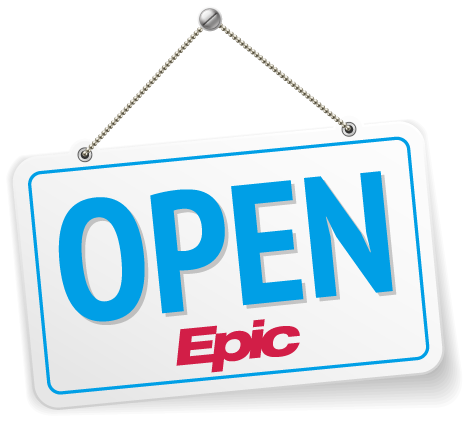By Interface Type
HL7v3
"The Version 3 Normative Edition represents a new approach to clinical information exchange based on a model driven methodology that produces messages and electronic documents expressed in XML syntax. The V3 specification is built around subject domains that provide storyboard descriptions, trigger events, interaction designs, domain object models derived from the RIM, hierarchical message descriptors (HMDs) and a prose description of each element." - HL7.org
Outgoing Child Protection Information Sharing NHS Query
read the spec
This interface sends queries to the Spine for the NHS Digital Child Protection - Information Sharing project (CP-IS) in the United Kingdom. The Spine responds whether a child is in Child Protection, a child who is a Looked After Child, or an expectant mother of an unborn child who will be under Child Protection.
Current integrations include 

- National Health Service
- PDS
Outgoing Infection Reporting to NHSN Interface
Sends documents in clinical document architecture (CDA) format, supporting the January 2021 Patient Safety Component Manual developed and maintained by the National Healthcare Safety Network (NHSN). Each CDA document represents either a single patient infection, a surgical procedure, an antimicrobial resistance event, or a month of department-level or facility-level antimicrobial usage, device utilization, or patient census summary data. This covers all US nationally mandated reporting elements for inpatient infection prevention.
Current integrations include 

- Center for Disease Control
- RosettaHealth
- TheraDoc
Outgoing Risk Assessment Query
read the spec
Supports comprehensive breast cancer risk assessment following the HL7 Version 3 Implementation Guide for Family History/Pedigree Interoperability, Release 1 - US Realm April 2013.
Current integrations include 

- Change Healthcare
- MagView
- National Decision Support Company
- Volpara Health
Data Exchange with DBC Onderhoud Grouper
Sends Diagnosis Behandeling Combinatie (DBC) and charge information from Epic to the VECOZO Declaratie Grouper (Netherlands). The Grouper retrieves a billable product and billing code (DBC-zorgproduct).
Current integrations include 

- DBC Onderhoud
- Vecozo
Real-Time Location System (RTLS) Interface
read the spec
Tracks the location of patients, staff, and medical devices within a facility. This automates and enhances many workflows. For example, it can automatically document operating room wheels in and out times, or make it easier for staff to associate medical devices with specific patients.
Current integrations include 

- AiRISTA
- Cadi Scientific
- CenTrak
- HID Global Corporation
- Infinite Leap
- Intelligent InSites
- Intelligent Locations
- Midmark
- Securitas Healthcare
- Versus
- ZulaFly
Outgoing BSN Verification Query
read the spec
BSN or Burgerservicenummer verification is required in the Netherlands. There are two types of BSN queries: BSN request, and BSN verification. Using provided demographic data, a BSN request will retrieve and store the BSN for a patient, whereas the BSN verification serves to validate that the BSN a user has stored to the patient record is correct.
Current integrations include 

- Sectorale Berichten Voorziening in de Zorg
Incoming QRDA Documents Interface
read the spec
Imports QRDA document information used to report on quality measures for regulatory programs. This interface supports ONC 2015 Edition Certification (for Meaningful Use).
Current integrations include 

- Cerner
- CMS
- eClinicalWorks
- Elation Health
- eMDs
- Meditech
- tebra
- WebChartMD
Outgoing National Healthcare Survey Interface
read the spec
Reports National Healthcare Survey data to the Centers for Disease Control and Prevention (CDC).
Current integrations include 

- Center for Disease Control
Clinical Document Architecture (CDA)
read the spec
When exchanging patient summary documents, we use Clinical Document Architecture (CDA) as the content standard. CDA is an XML-based markup standard defined by Health Level Seven (HL7), intended to specify encoding, structure and semantics of clinical documents for the purpose of exchange. Care Everywhere supports the exchange of document defined in the Consolidated CDA (C-CDA) framework, which is required for ONC 2015 Edition certification for Meaningful Use.
Contact us if you have questions about our CDAs.
- Epic's EHR can consume any valid C-CDA or CDA document.
- Epic's EHR can create the following documents:
- HL7/ASTM CCD (HITSP C32 Implementation)
- HL7/IHE Consolidated CDA (CCD and Progress Notes Template)
Contact us if you have questions about our CDAs.
